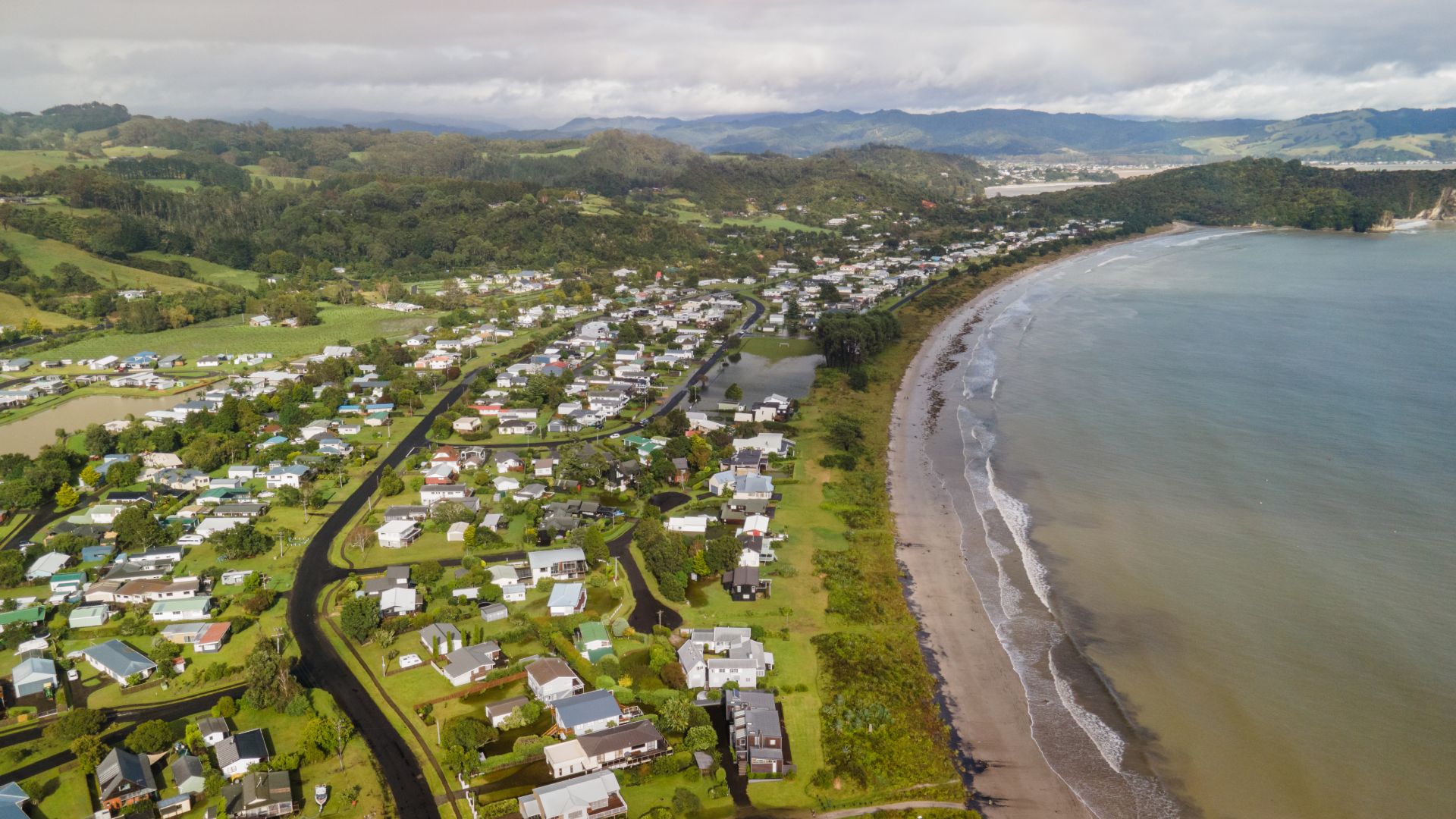Working with history, not against it: Coastal Defence in Southsea

The ‘Southsea Coastal Scheme’, which recently won a top prize at the Environment Agency’s Flood & Coast Excellence Awards 2024, rips up the age-old confrontational script of civil engineer vs. preservation society.
Southsea boasts a rich heritage, featuring an iconic Victorian promenade and an impressive castle. In 1545, Henry VIII witnessed the Mary Rose capsize and sink, resulting in the loss of around 500 lives. Today, the town’s Tudor fortifications and historic seafront are at an increasing risk of being lost to history due to climate-driven coastal erosion and flooding.
Rising sea levels
Sea levels are rising at their fastest rate for more than 2,700 years and are expected to rise by another metre before the end of the century.
The 4.5km long seafront at Southsea features 74 listed buildings, three ancient monuments, and a registered park, behind which sit 10,000 homes and 700 businesses worth more than £1.25 billion. With the cost of defending it being a fraction of this cost, the decision was taken to ‘hold the line’ for at least 100 years.
In 2020, work began on the UK’s largest local authority-led coastal defence project, with an initial cost of £180 million. The goal was simple: design a new coastal defence that will provide protection from a 1 in 200 years major flood event, including the effects of climate change. Importantly, the project needed to embrace the history, heritage, and cultural significance of the seafront.


The project is divided into six different frontages, two of which have been completed: the award-winning frontages Long Curtain Moat (Frontage 1) and Southsea Castle (Frontage 4).
Stakeholder Management
While each presented unique engineering challenges, the key to success was managing relationships with the various stakeholders and those delivering the project. This included Portsmouth City Council, Coastal Partners, Historic England, Environment Agency, LDA Design, VS BW, and Wessex Archaeology.
Projects often fail in the design phase because planners and engineers do not consider the motivations of different stakeholders or involve them early enough in the process. In this case, Historic England’s interest lies in protecting and enhancing the highly designated heritage assets. Involving their experts early in the planning process prevented issues from arising later and fostered trust.
Long Curtain Moat
For Frontage 1, the Long Curtain Moat, a coastal barrier, was constructed using 11,474 tonnes of rock and raised and replaced the sea wall. This required the installation of 525 linear metres of sheet piles to a depth of 15 metres. On these piles, precast masonry blocks were installed to create an ‘apron’ and the vertical wall. Historic England provided us with invaluable advice from the start, ensuring the blocks were of acceptable character and material in relation to the original wall.
We also learned to embrace the unexpected. For example, historic walls discovered during excavation required archaeological monitoring and investigation. We rescheduled our activities and worked in other areas to give the archaeologists the time they required. Instead of burying the walls with earth or removing them, we adjusted the defence line and walkway further forward. The walls are now a design feature, illuminated by graze lighting and a walkway bridge spans them so that visitors have clear visibility of this new discovery.
Southsea Castle
At Frontage 4, Southsea Castle, we provided Historic England with different design concepts and invited them to site visits so that they ‘bought into’ the new design and became invested in it.

Before construction, there was a narrow point where the castle protruded into the walkway. Now there is a wide multi-tiered promenade with the upper and lower levels connected by seating terraces and steps. In front of this, there is a low concrete wall which acts as a safety barrier and reduces wave overtopping. The main defence is provided by 145,000 tonnes of rock which dissipates wave energy. Additionally, 45 tidal pools were created on the rocks and seed rock was used near the tideline to encourage marine life to thrive.
The promenade in front of the castle is now a focus point with fresh landscaping. Called ‘Theatre of the Sea’, it offers breathtaking views of the Solent. It’s also set to incorporate a poem from Poet Laureate, Simon Armitage. Furthermore, historic castle tunnels under the upper promenade have been preserved and marked with paving and information boards, a boulder play area for children, bee stations, improved lighting, and new seating complete the regeneration.
3D visualisations
To speed up the design and approval process, we utilized 3D models and ‘flythroughs’ alongside blueprints and artist’s impressions. These visualisations were a big hit, particularly with non-engineer stakeholders, as it made it easier to envisage the full scope of the designs.
Zero waste aspiration
Our approach also involves reducing waste by repurposing materials from the demolished sea defences. We developed a local waste processing site to reuse concrete, earth, and stone. These materials are used for temporary working platforms and fill material for earthworks. Our goal is to prevent 92,000 tonnes of waste from going to landfill and reduce landfill costs by £4 million. By reducing lorry movements alone 3,950 tonnes of CO2 will be eliminated.
The remaining four frontages will be completed over the next four years. During this time, we will undoubtedly face new challenges.
Now, I look at heritage very differently. I see it as an amazing design opportunity and as civil engineers and planners, we must continuously challenge ourselves. When we embrace history, rather than work against it, that’s when the magic happens.
This article was originally published in New Civil Engineer on 29 August, 2024.
![[object Object] [object Object]](https://www.royalhaskoningdhv.com/-/media/images/employees-profile-pics/t/toovey-colin.jpg?h=500&iar=0&w=500&hash=5BEE91C4C9259AEF0B74192CDD1656AB)



